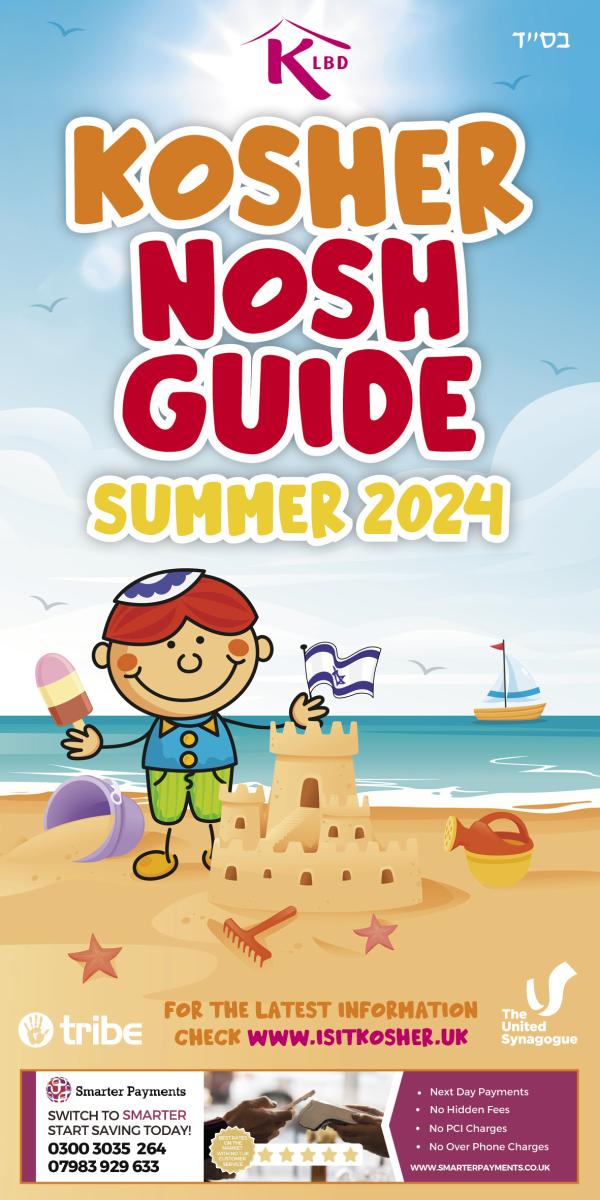1. Lighting two Shabbat candles before Shabbat starts, to bring peace and light into the home. In olden times, many people could not afford candles for every night of the week. Having light for Shabbat not only made Shabbat more special, but also made for more harmony in the home as provision of light meant that it was easier to see.
2. Songs of welcome, such as Shalom Aleichem and Eishet Chayil. These extol the virtues of hospitality, Shabbat and Jewish women.
3. Blessing of children, handing onto them the blessings and practices of Judaism. Placing their hands on their children's heads, they impart the blessings of our Patriarchs for boys and Matriarchs for girls.
4. Kiddush and drinking wine.
5. Netilat Yadayim, washing hands ritually and hygienically before bread to remind us of the Temple rituals.
6. Blessing over two loaves (today we typically use “chala” loaves, plural “chalot”) to recall the double portion of manna that the Children of Israel received on Fridays in the desert.
7. We sing Zemirot, table songs. As well as the uplifting tunes which enhance our experience, the words of the Zemirot describe themes and laws of Shabbat. They are not sophisticated cantorial pieces, instead being a form of folk music.
8. We share Divrei Torah, brief thoughts on a Torah topic.
9. When practicable, we invite guests to enhance our mutual enjoyment of Shabbat in good company since a Jewish home is a hospitable one.
10. Birkat Hamazon, Grace after meals, is recited after we eat bread.
11. At the Shabbat morning services, there is Torah reading of the weekly parasha and Haftarah. There is an extra part of the Shabbat morning service called Mussaf, which includes a special Amida and prayers not normally said on weekdays, such as Ein Kelohenu and Anim Zemirot.
12. Kiddush is made on Shabbat morning too, followed by challah and a meal.
13. On Shabbat afternoons, Mincha includes a short Torah reading of the following week's parasha.
14. After Mincha, the final meal of Shabbat, Seudah Sh'lisheet (Third Meal) takes place, where there is no kiddush but challah should be eaten, or at least crackers, cake or something else that may constitute as a meal.
15. When Shabbat has finished, we make Havdallah with wine or grape juice, a candle (lit to show, through the kindling of fire, the contrast between the Shabbat prohibition of melacha and the return to weekday life) and the besamim, spices, to give us a scent of Shabbat to take into the week, as we emerge spiritually refreshed to start a new week.



